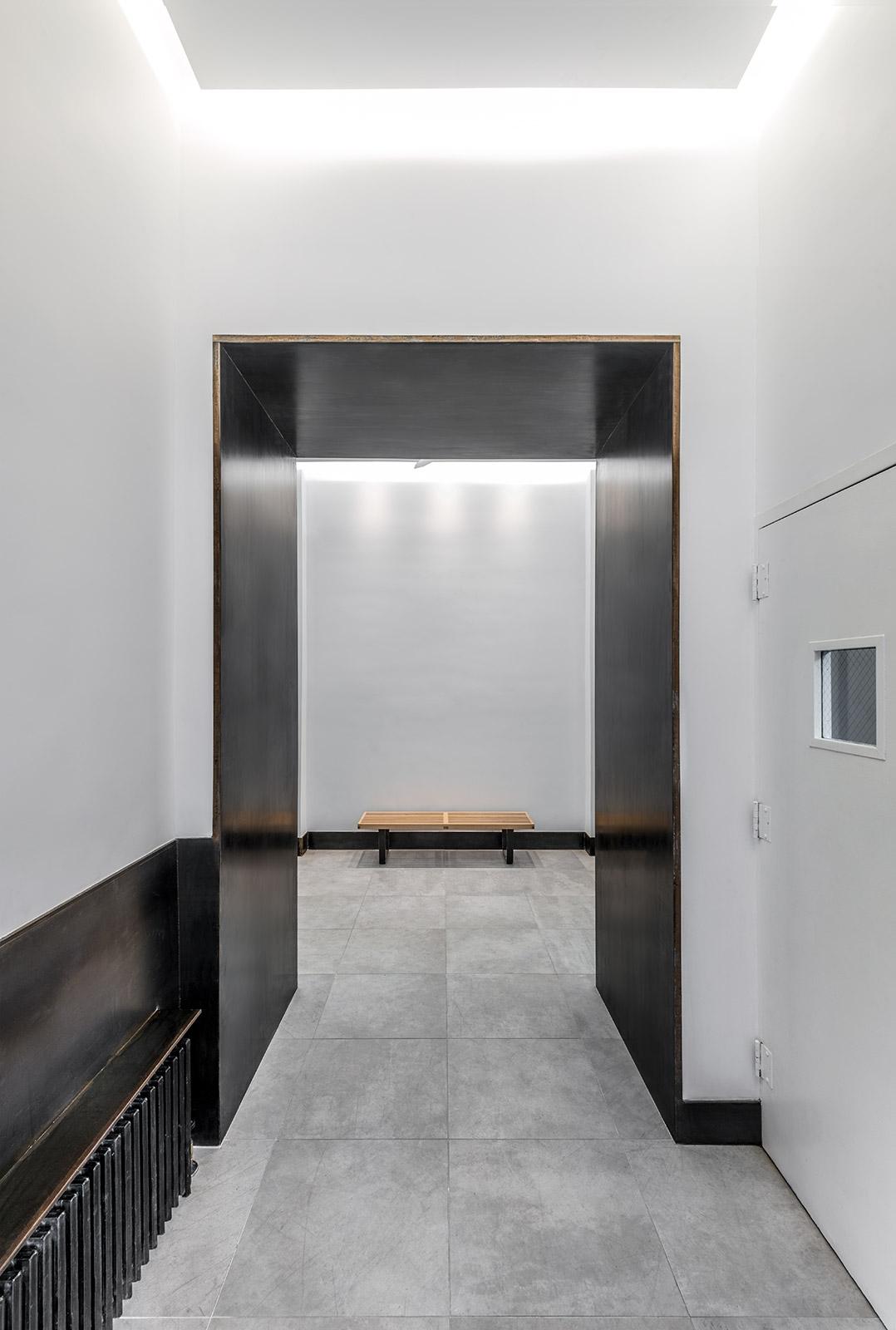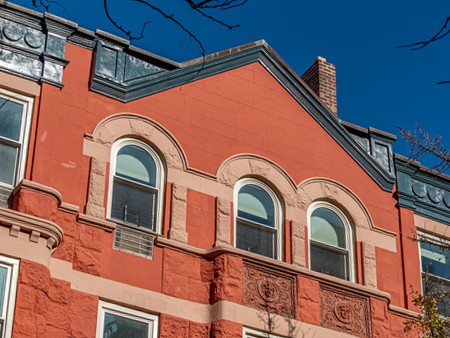The minimalist interior balances simplicity with symmetry, and neutral colors with natural light. The ideas behind the design aesthetic are stillness, harmony, and balance. Spaces designed with minimalism are quiet, rather than energizing.
In many design plans, color is used to delineate, energize and enliven a space; they are to more approximate natural environments. Color schemes can include sand and shell, with a touch of sky, or the colors of a bird’s nest, with tiny blue speckled eggs inside. Natural wood, with textured linen and cotton accents provide subtle detailing.
One of the hallmarks of a minimalist interior is warmth. While the popularity of the industrial loft concrete finishes is sometimes confused with minimalism, the true minimalist interior has a timeless warmth from the use of natural materials for flooring and materials. Subtle patterns and textures, such as wood grain, provides interest without being static or busy.
Another hallmark of minimalism is the lack of fussy accessories. Many minimalist interiors confine color and movement to art pieces, leaving the rest of the walls and table tops clean. Especially with small spaces and working spaces, clutter and too much pattern can raise the noise level of a room to shouting. With minimalist interiors, the rooms should whisper, or at the least, speak in a calm, quiet voice. This is especially critical for rooms with multiple purposes. It is easy to transform a minimalist space from office to boardroom to living room.
Minimalism is a design aesthetic with classic, timeless features. It works well for both personal and work interiors, and allows spaces to change function easily. It is design that works especially well with an art collection, as the art can take center-stage.




